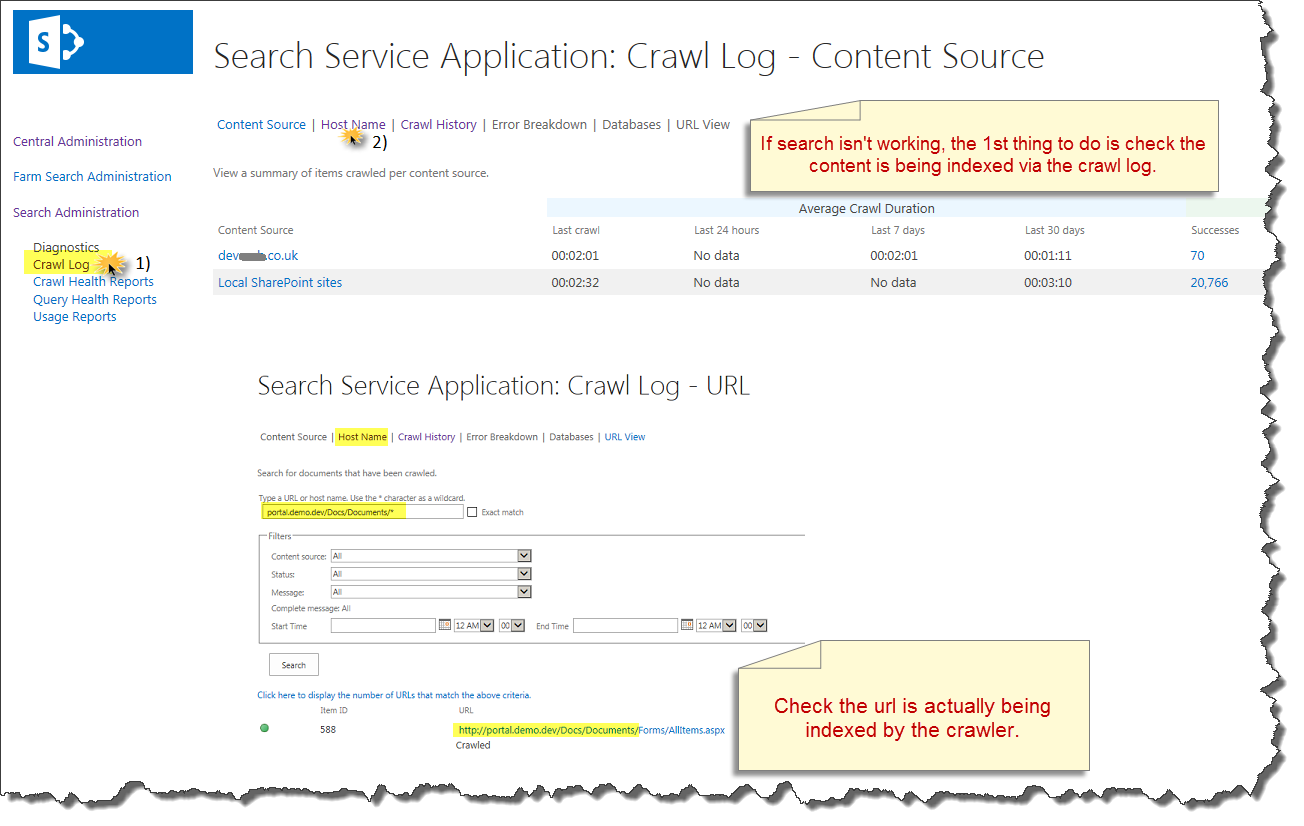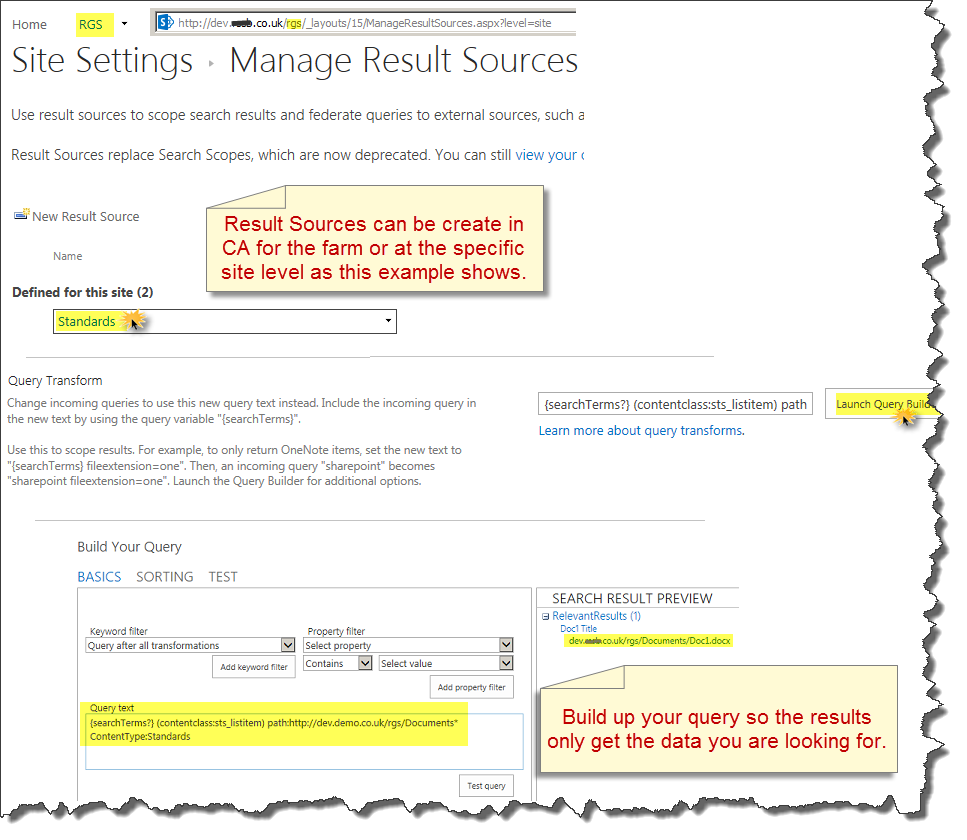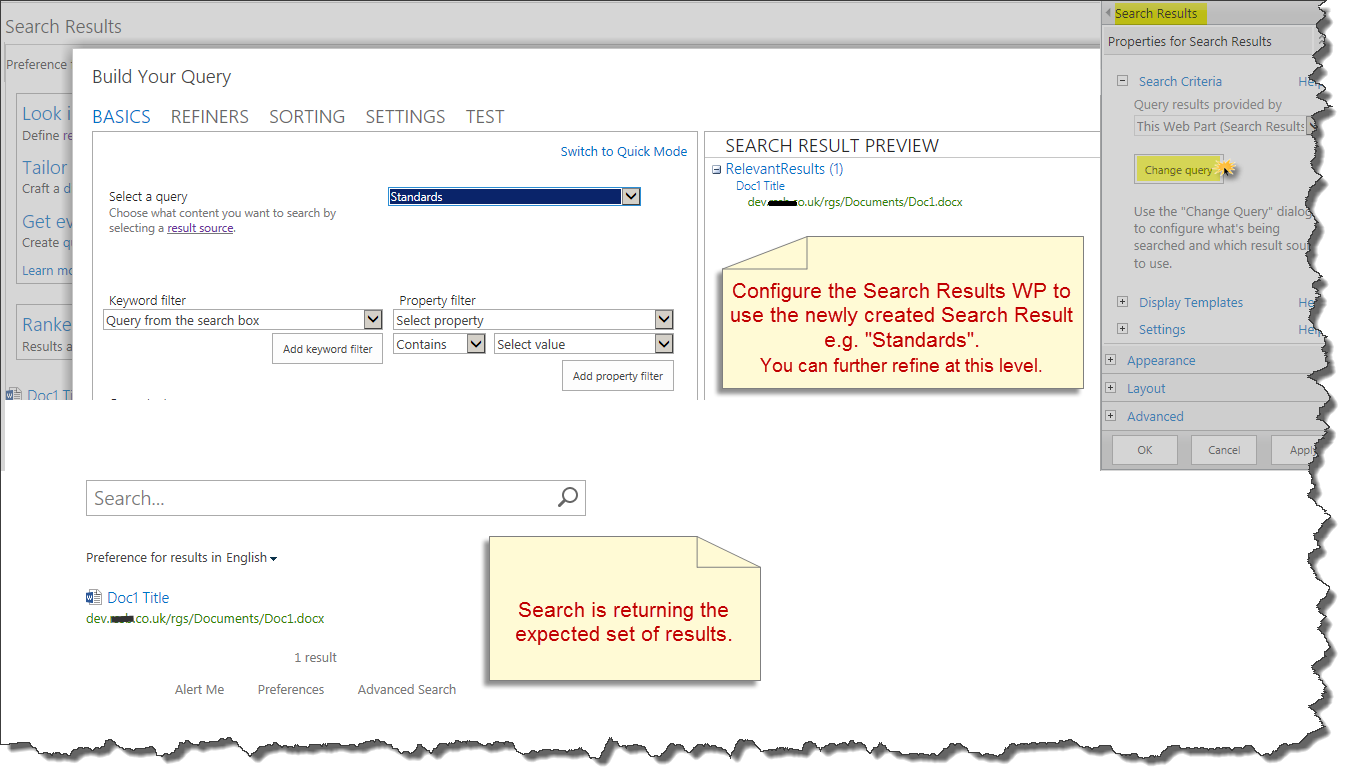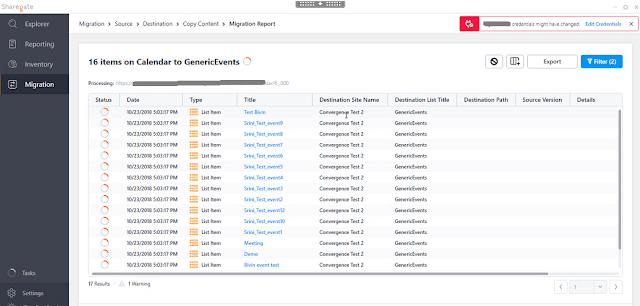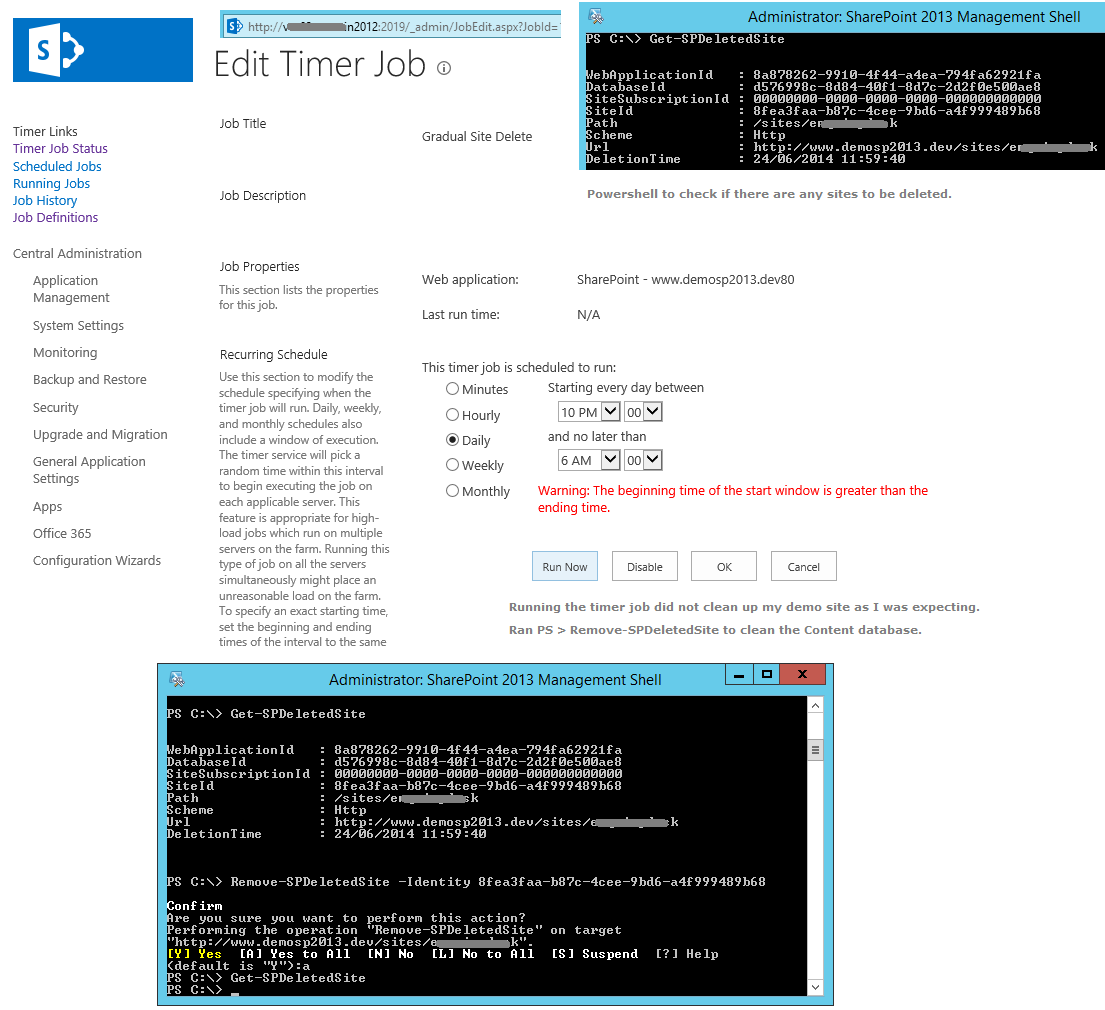Overview: This series of posts examines SharePoint 2013 search. It looks at configuration to get Search working for you. There are other posts on this blog about configuring your Search architecture and farm.
This post looks at 2 main points: 1.> crawling content and 2.> Result Sources.
Search Series:
SharePoint 2013 Search Series - Post 1 - Configure Custom Search (This Post)
SharePoint 2013 Search Series - Post 2 - Refiners
SharePoint 2013 Search Series - Post 3 - Search Box Web Part to only query Managed Properties
SharePoint 2013 Search Series - Post 4 - Search Result Source Removal
SharePoint 2013 Search Series - Post 5 - Restricting Results & Enable pdf previews
1.> Crawling Content: The UI in CA has changed but if you understood crawling in previous versions of SharePoint, it still works the same way. You are looking to create indexes by crawling content. The image below shows the Search Administration screen after choosing the "Content Sources" option. This will allow you to create content sources and configure them so SharePoint can get data into the indexes and have permission awareness (ACL).
After setting up your Content Sources run a full crawl to populate the indexes.
The "Crawl Log" is extremely useful to see when crawls where run and what content has been included.
Once all the content is crawled you are ready to look at the Results Source formally referred to as Search Scopes.
Tip: The crawler must run through all content to be searchable, I still see clients trying to restrict data by no crawling it. Crawl everything and restrict on the query side what comes out.
Tip: Don't create to many Content Sources. This can be a tough item to figure out, my advice is use as few Content Sources as possible and break them up by how often the content needs to be crawled.
2.> Result Sources: You can create Result Sources at the SSA/farm level down to the web/SPSite level. This example is looking to return data from a specific path for a particular content type, so I created the Result Source at the site level.
Tip: The "Search Result Preview" is really useful for checking you are doing this correctly.
Once I have a "Result Source" setup I go to my search page and add a "Search Results" web part to output the results to my user. I can edit the "Search criteria" on the web part to use my new "Result Source". The picture below is annotated to explain setting up the Search Results Web Part.
Search Series:
SharePoint 2013 Search Series - Post 1 - Configure Custom Search (This Post)
SharePoint 2013 Search Series - Post 2 - Refiners
SharePoint 2013 Search Series - Post 3 - Search Box Web Part to only query Managed Properties
SharePoint 2013 Search Series - Post 4 - Search Result Source Removal
SharePoint 2013 Search Series - Post 5 - Restricting Results & Enable pdf previews


